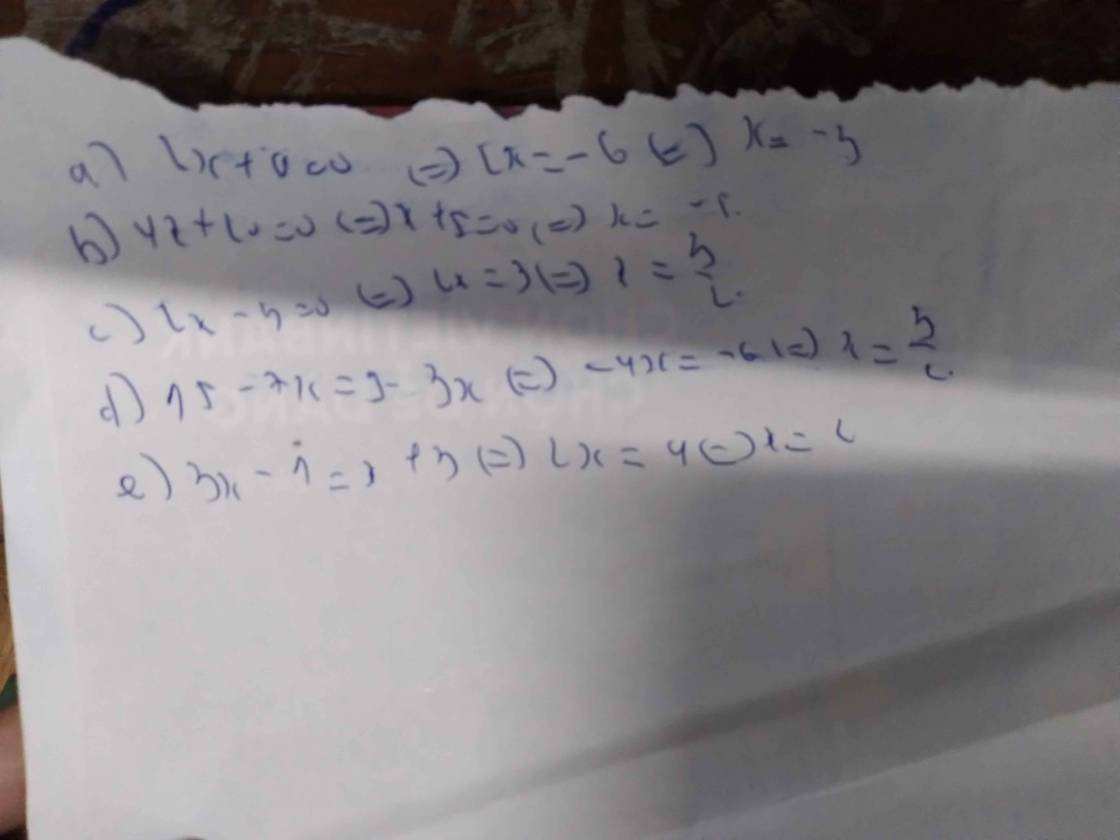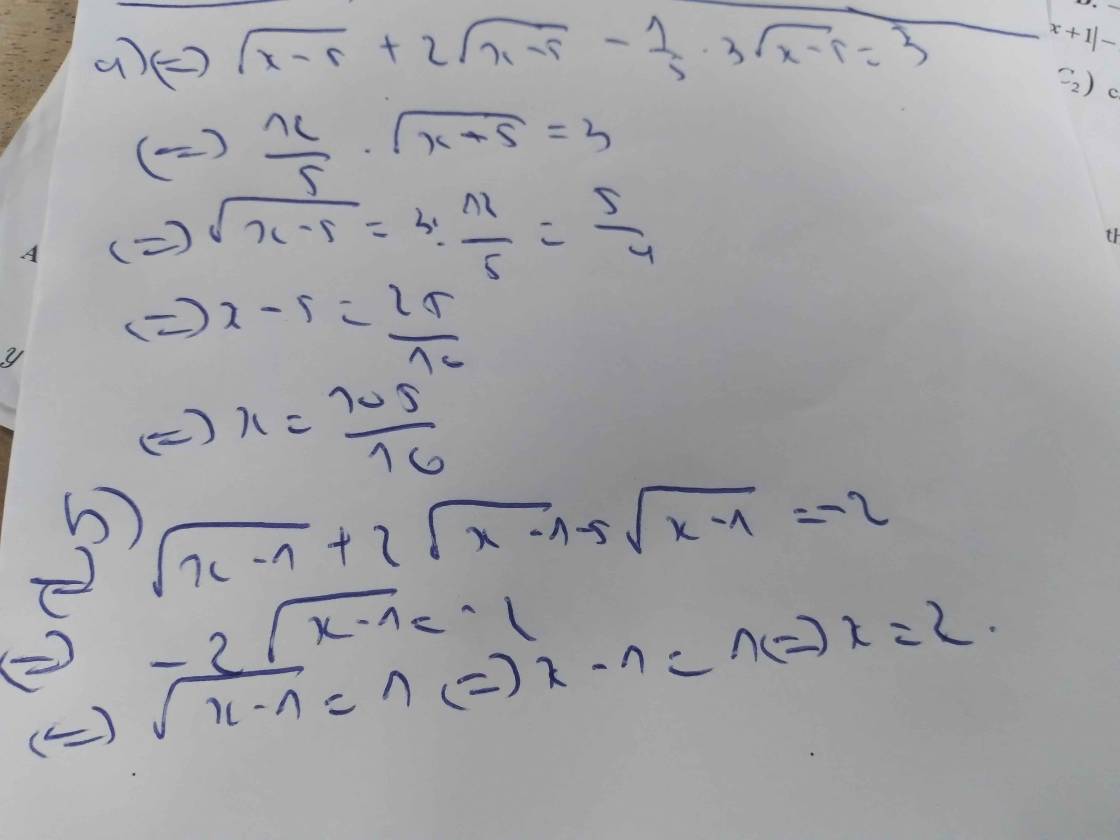1)4x-20=0 ; 2) 5x+15=0 ; 3) 3x-5=7x+2 ; 4) 4x-(x-1)=2(1+x) ; 5) x2 -2x=0 ; 6) 2(3x-5)-3(x-2)=3(x+4) ; 7) (x+3)(2x-7)=0
8) 5x(x-3)+2x-6=0 ; 9) (3x-1)(2x-1)-(3x-1)(x+2)=0
10)|2x-1|+1=8 ; 11) |x-2|=3x+1 ; 12) |2x|=21-x
Giải các phương trình nha mọi người ^_^





Cảm ơn diễn quỳnh
Mình là diễm quỳnh chứ không phải diễn quỳnh nha bạn